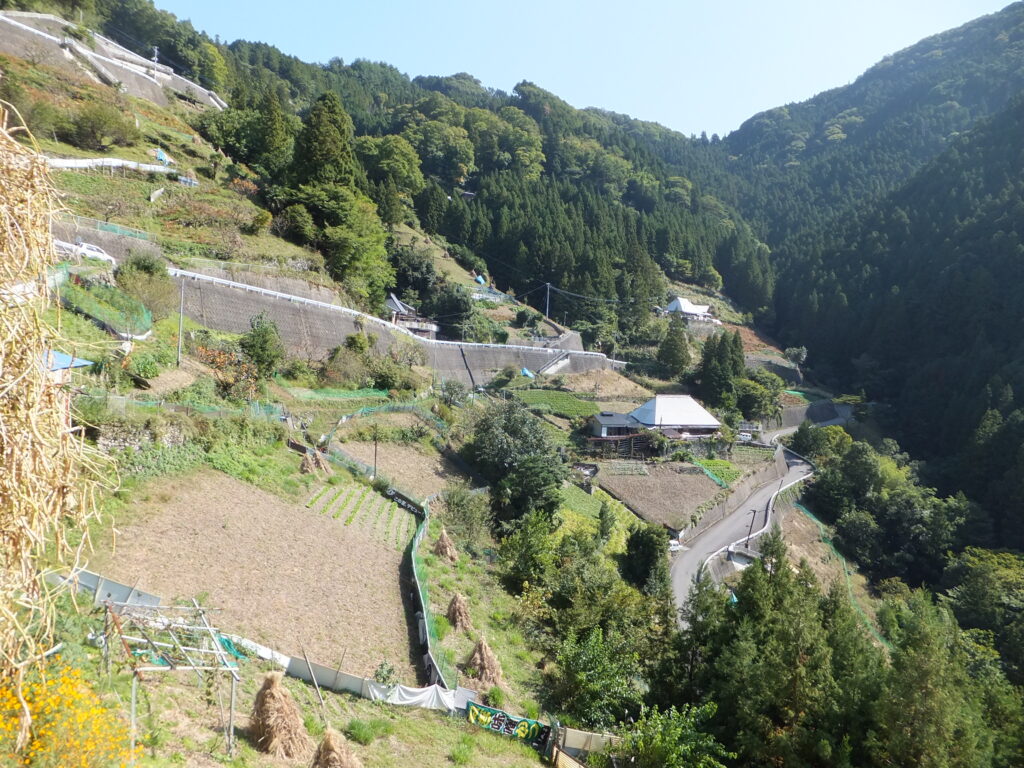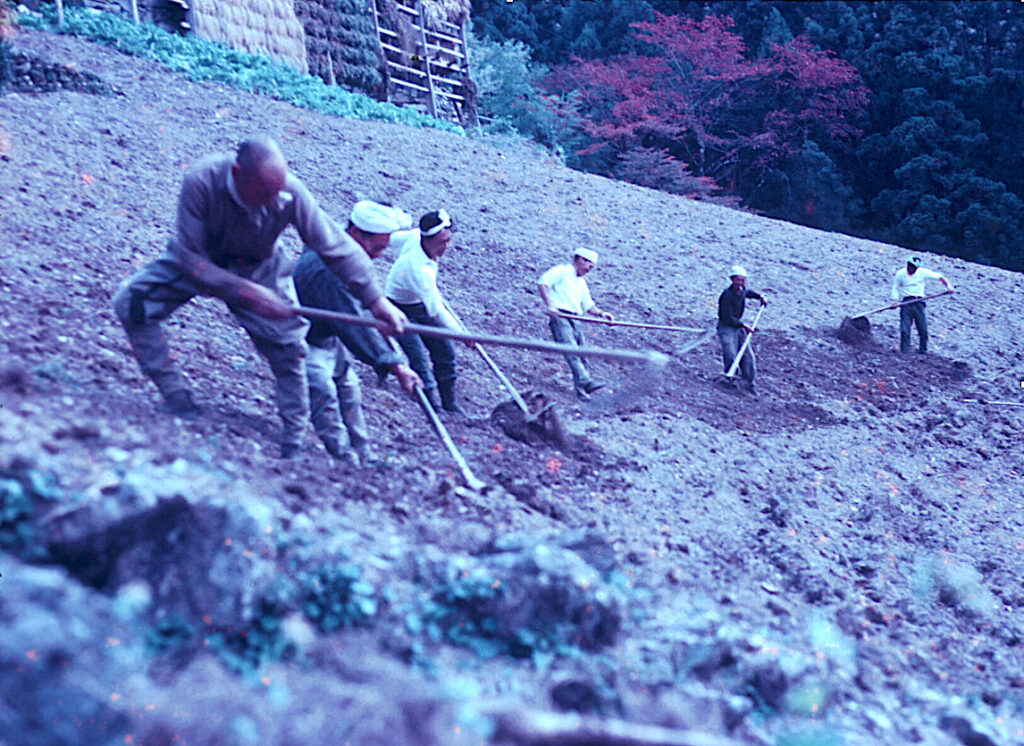Incubation
"Construction of a platform to promote the GIAHS program in East-Southeast Asia"
R5-6 1-4 (R5 AY2023)
| Project Leader | Naito Naoki (Tokushima University, Graduate School of Technology, Industrial and Social Sciences) |
| Collaborators | Ishikawa Noboru (Kyoto University, Center for Southeast Asian Studies) Kataoka Itsuki (Kyoto University, Graduate School of Asian and African Area Studies) Iwasa Mitsuhiro (Toyama University, School of Humanities) Machida Tetsu (Naruto University of Education, Graduate School of Education) Akaike Shingo (Kyoto University, Graduate School of Asian and African Area Studies) Ishikawa Hajime (Keio University, Faculty of Environment and Information Studies) Nozawa Shuntaro (The University of Tokyo, Graduate School of Arts and Sciences) Iwao Nozomi (Kyoto University, Graduate School of Agriculture) Owada Junko (Doshisya University, Faculty of Policy Studies) Kamada Mahito (Tokushima University, Graduate School of Technology, Industrial and Social Sciences) Tonotani Azusa (Miyoshi City, Department of Industry & Tourism) Saito Watanabe Megumi (Slow Food Nippon/Slow Food International) |
| Research Project | Construction of a platform to promote the GIAHS program in East-Southeast Asia |
| Countries of Study | Japan |
Outline of Research
The purpose of this project is to (1) understand the historical dynamics that led to the formation of unique agricultural systems that would become Globally Important Agricultural Heritage Systems (GIAHSs) based on collaboration and dialogue between researchers and practitioners from different fields to understand and support the promotion of GIAHS-designated sites, and (2) reflectively examine the characteristics of each research field and practice related to the understanding of agricultural systems. To this end, we will organize a transdisciplinary and international platform consisting of academics from different fields, bridging the natural sciences, humanities, social sciences, and GIAHS practitioners. We will also explore ways to integrate the knowledge of GIAHS promotion that Japan, the second largest designated site in the world, possesses and to take the lead in supporting GIAHS conservation and new applications in the East-Southeast Asian region.
Purpose of Research, Its Significance and Expected Results, etc
This project aims to clarify the historical processes that led to the formation of the regional agricultural systems recognized by the GIAHS in Japan. In doing so, we will focus on how the dynamics of connections and disconnections among a) different times(geological time, animal and plant time, and human time) and b) different spaces(regional, national, and market) lead to international institutions, such as agricultural systems designated as GIAHS.
To this end, academics, practitioners, and local stakeholders from different fields will organize field research in an area (Tokushima and Wakayama GIAHS-designated area) that has been the subject of long-term research and practice by project members. In doing so, three cultural anthropologists would have conducted field research in Southeast Asia, which has deep historical and ecological relations with the agricultural system in Southwestern Japan, to conduct research in the proposed area. This project will reconsider local mountainous communities in Japan reflectively from the perspective of Southeast Asian studies. In addition, through discussions among researchers and practitioners from different fields, this project will rediscover the possibilities and limitations of each discipline’s epistemology and methodology.
This project will construct a platform for researchers and practitioners to promote GIAHS to a) support the conservation of GIAHS-designated sites in Tokushima and Wakayama and b) explore the possibility of applying it to GIAHS for bamboo forests in Kyoto Prefecture. In doing so, we will gain practical experience building a narrative that promotes GIAHS while building on academic knowledge.




